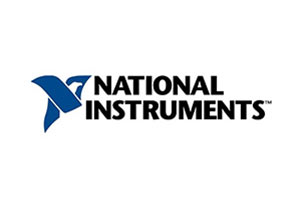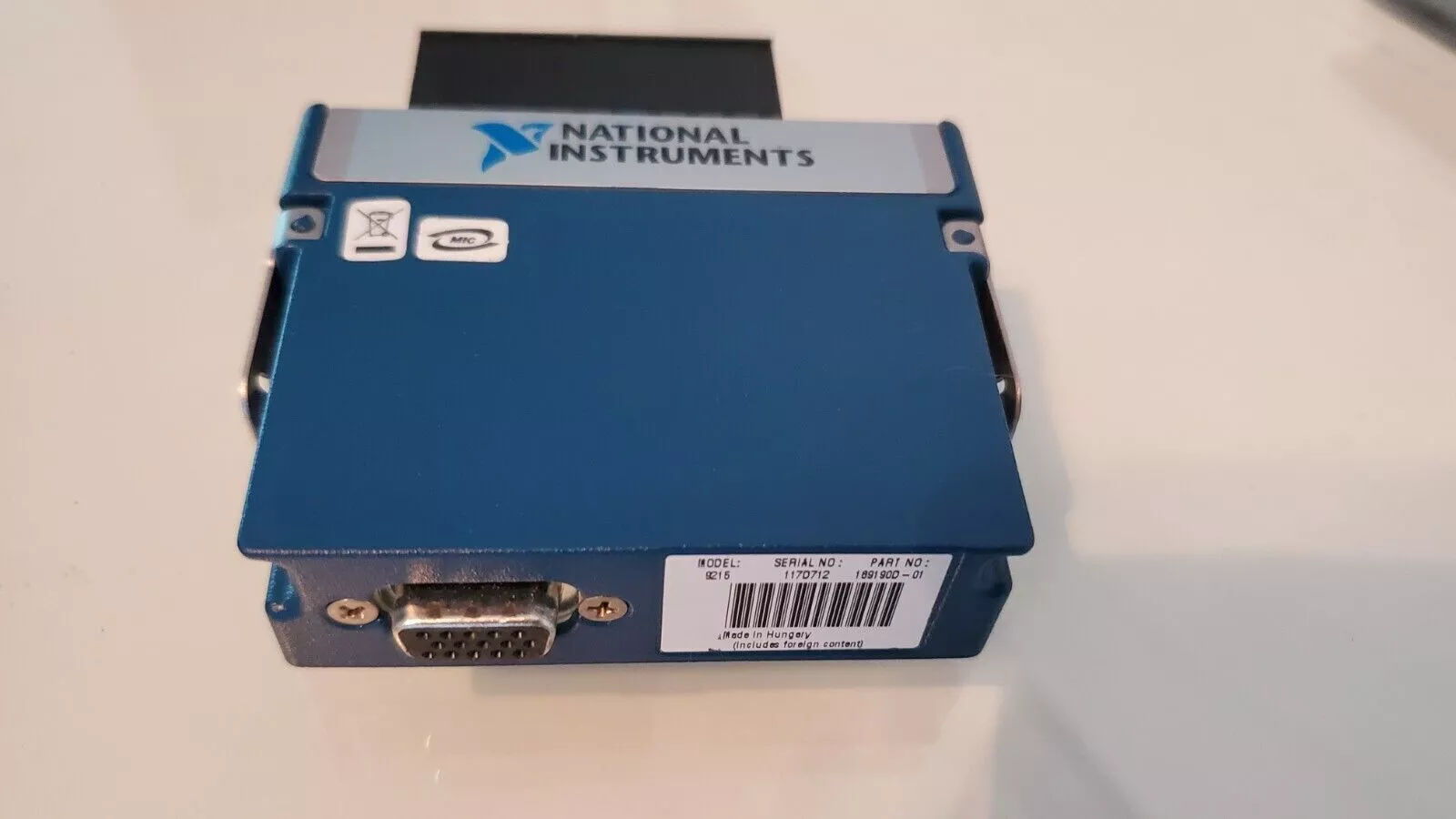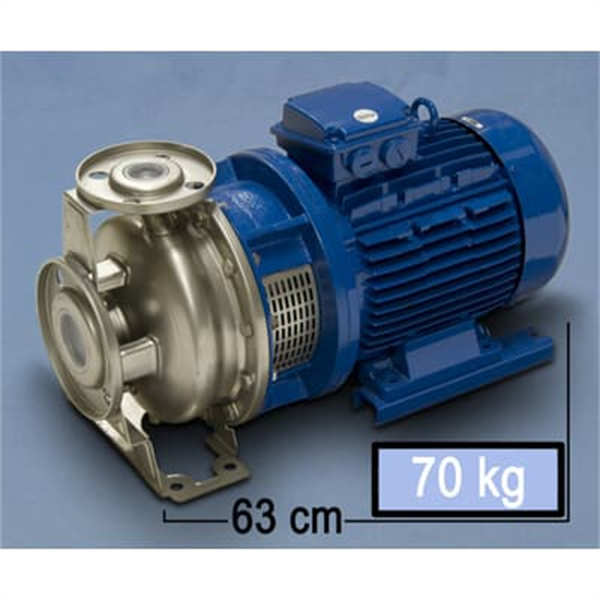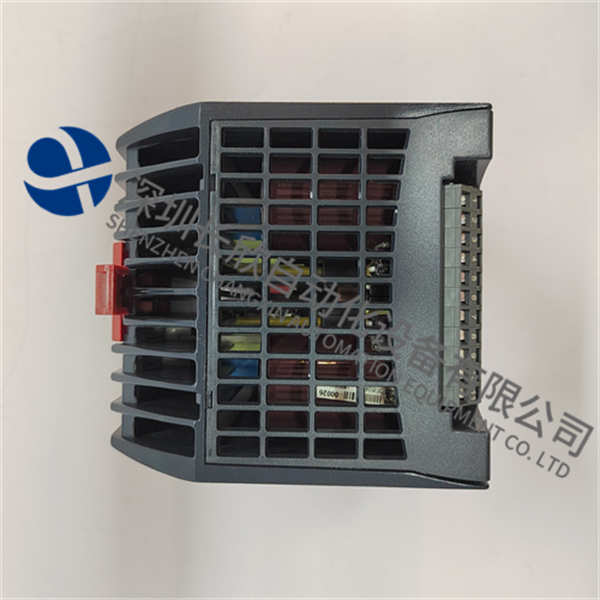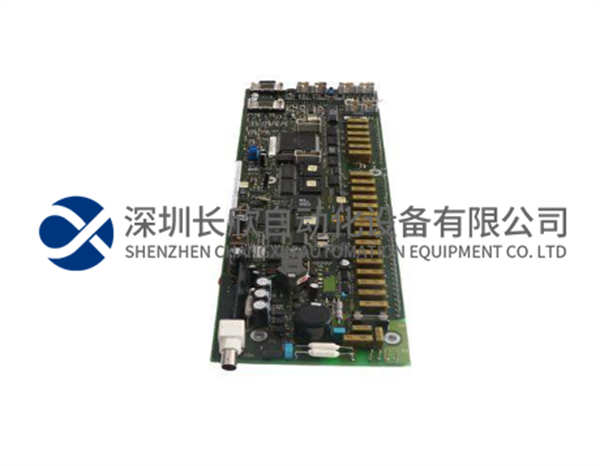描述
一、基本参数
模块类型:
CompactRIO模块:兼容NI CompactRIO平台(cRIO-90xx系列机箱),支持实时(RT)和FPGA编程。
模拟输入(AI):4通道同步采样,每通道独立配置。
电气特性:
分辨率:24位Σ-ΔADC,提供高精度测量(有效位数ENOB≥20位)。
采样率:每通道100 kS/s(4通道同步采样时总速率为400 kS/s)。
输入范围:±10 V、±5 V、±1 V、±0.5 V可编程,支持过压保护(±30 V)。
输入阻抗:>1 GΩ(高阻抗输入,减少信号源负载)。
抗干扰设计:
隔离:每通道300 Vrms通道-地隔离,防止共模电压干扰。
滤波:内置抗混叠滤波器(截止频率40 kHz),抑制高频噪声。
屏蔽:模块外壳采用金属屏蔽,降低电磁干扰(EMI)。
物理特性:
尺寸:CompactRIO标准模块尺寸(3U,单槽宽度)。
连接器:40针C Series连接器,支持NI标准接线端子(如TB-4300)。
二、核心功能
同步采样与触发:
硬件同步:支持CompactRIO背板时钟同步,实现多模块微秒级同步采样。
触发方式:
软件触发(通过RT或FPGA程序控制)。
硬件触发(外部TTL信号触发采样或启动/停止)。
模拟触发(基于输入信号阈值触发)。
实时数据处理:
FPGA集成:可直接在FPGA上实现信号预处理(如滤波、峰值检测、RMS计算),减少主机负载。
实时(RT)支持:通过LabVIEW Real-Time模块实现确定性控制与数据记录。
校准与补偿:
自动校准:支持软件触发校准,补偿温度漂移和增益误差。
偏置补偿:可编程偏置电压,消除传感器零点误差。
三、典型应用场景
工业自动化与控制:
电机振动分析(同步采集多路加速度计信号)。
电力质量监测(三相电压/电流同步采样)。
能源管理:
太阳能逆变器效率测试(同步采集DC/AC侧电压/电流)。
风电场结构健康监测(应变片信号采集)。
结构健康监测(SHM):
桥梁、建筑振动分析(多通道同步采集加速度/位移信号)。
航空复合材料测试(光纤光栅传感器信号采集)。
科研与测试:
生物医学信号采集(EEG/ECG多通道同步记录)。
声学测试(麦克风阵列信号同步采集)。
四、优势与局限性
优势:
高精度与抗干扰:24位ADC+300 Vrms隔离,适合强干扰环境。
同步性能强:CompactRIO背板同步支持多模块协同工作。
灵活性高:FPGA编程可定制实时信号处理逻辑。
局限性:
通道数较少:单模块仅4通道,大规模测试需多模块扩展。
成本较高:相比非隔离模块(如cRIO-9219),价格更高。
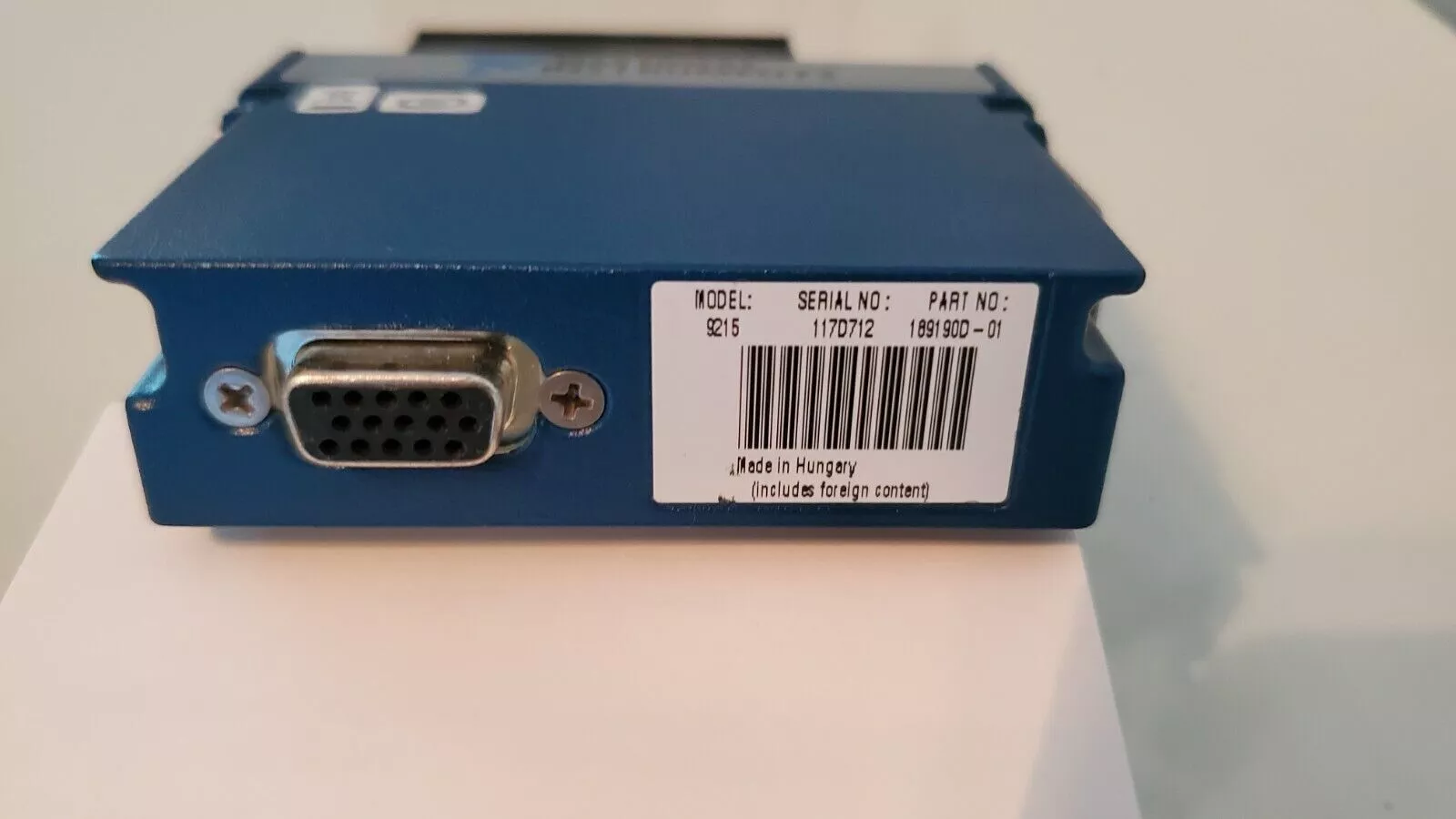
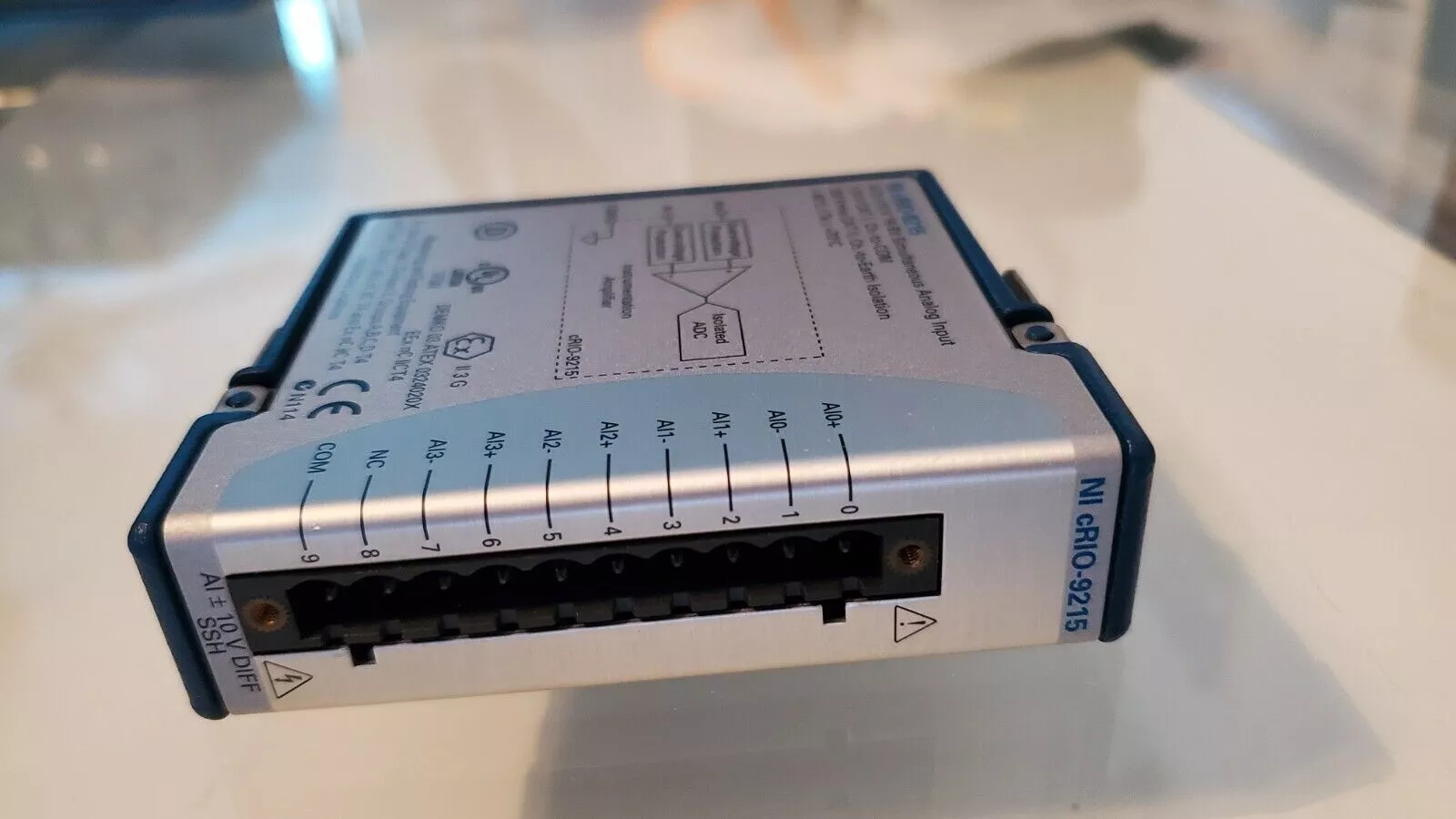
1.Basic parameters
Module type:
CompactRIO module:compatible with NI CompactRIO platform(cRIO-90xx series chassis),supports real-time(RT)and FPGA programming.
Analog input(AI):4-channel synchronous sampling,each channel is independently configured.
Electrical characteristics:
Resolution:24-bitΣ-ΔADC,providing high-precision measurement(effective number of bits ENOB≥20 bits).
Sampling rate:100 kS/s per channel(total rate is 400 kS/s when 4 channels are sampled simultaneously).
Input range:±10 V,±5 V,±1 V,±0.5 V programmable,supports overvoltage protection(±30 V).
Input impedance:>1 GΩ(high impedance input,reducing signal source load).
Anti-interference design:
Isolation:300 Vrms channel-to-ground isolation per channel to prevent common-mode voltage interference.
Filtering:Built-in anti-aliasing filter(cutoff frequency 40 kHz)to suppress high-frequency noise.
Shielding:The module housing uses metal shielding to reduce electromagnetic interference(EMI).
Physical characteristics:
Size:CompactRIO standard module size(3U,single slot width).
Connector:40-pin C Series connector,supports NI standard terminal blocks(such as TB-4300).
2.Core functions
Synchronous sampling and triggering:
Hardware synchronization:Supports CompactRIO backplane clock synchronization to achieve microsecond-level synchronous sampling of multiple modules.
Triggering mode:
Software trigger(controlled by RT or FPGA program).
Hardware trigger(external TTL signal triggers sampling or start/stop).
Analog trigger(triggered based on input signal threshold).
Real-time data processing:
FPGA integration:Signal preprocessing(such as filtering,peak detection,RMS calculation)can be implemented directly on the FPGA to reduce the host load.
Real-time(RT)support:Deterministic control and data logging are achieved through the LabVIEW Real-Time Module.
Calibration and compensation:
Automatic calibration:supports software-triggered calibration to compensate for temperature drift and gain error.
Bias compensation:programmable bias voltage to eliminate sensor zero-point error.
III.Typical application scenarios
Industrial automation and control:
Motor vibration analysis(synchronous acquisition of multiple accelerometer signals).
Power quality monitoring(synchronous sampling of three-phase voltage/current).
Energy management:
Solar inverter efficiency test(synchronous acquisition of DC/AC side voltage/current).
Structural health monitoring of wind farms(strain gauge signal acquisition).
Structural health monitoring(SHM):
Bridge and building vibration analysis(multi-channel synchronous acquisition of acceleration/displacement signals).
Aerospace composite material testing(fiber Bragg grating sensor signal acquisition).
Scientific research and testing:
Biomedical signal acquisition(EEG/ECG multi-channel synchronous recording).
Acoustic testing(synchronous acquisition of microphone array signals).
IV.Advantages and limitations
Advantages:
High precision and anti-interference:24-bit ADC+300 Vrms isolation,suitable for strong interference environments.
Strong synchronization performance:CompactRIO backplane synchronization supports multi-module collaboration.
High flexibility:FPGA programming can customize real-time signal processing logic.
Limitations:
Fewer channels:A single module has only 4 channels,and large-scale testing requires multi-module expansion.
Higher cost:Compared with non-isolated modules(such as cRIO-9219),the price is higher.

